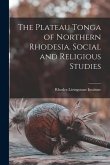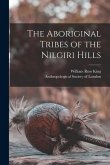This volume constitutes one of the earliest and most comprehensive ethnographic reconnaissance of the Western Shoshoni and some of their Northern Paiute, Ute, and Southern Paiute neighbors of the Great Basin. At the same time, it tries to ascertain the types of Shoshonean sociopolitical groups and to discover their ecological and social determinants. First published in 1938 as the Smithsonian Institution Bureau of American Ethnology Bulletin 120, this study is a classic in the field of Great Basin ethnology. Steward is considered one of the foremost exponents of cultural evolution in the United States, and his work is a major contribution to the study of social organization and to North American ethnography.








